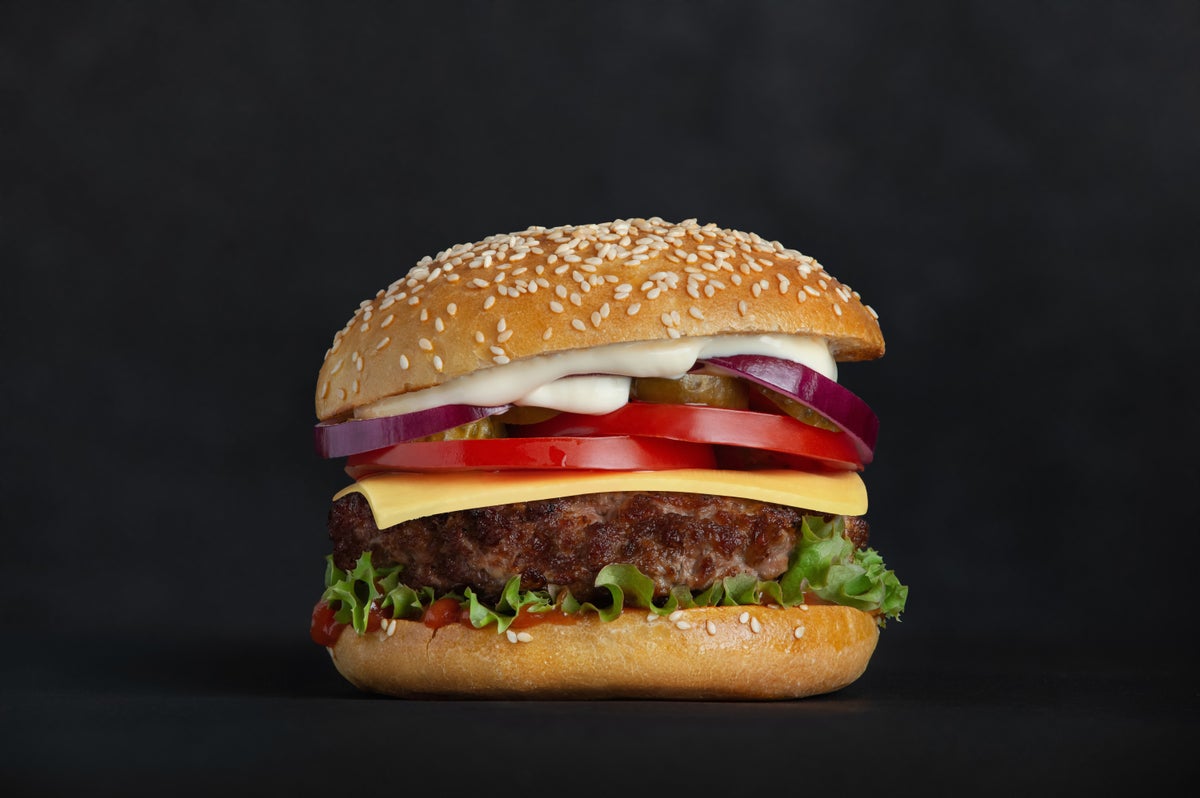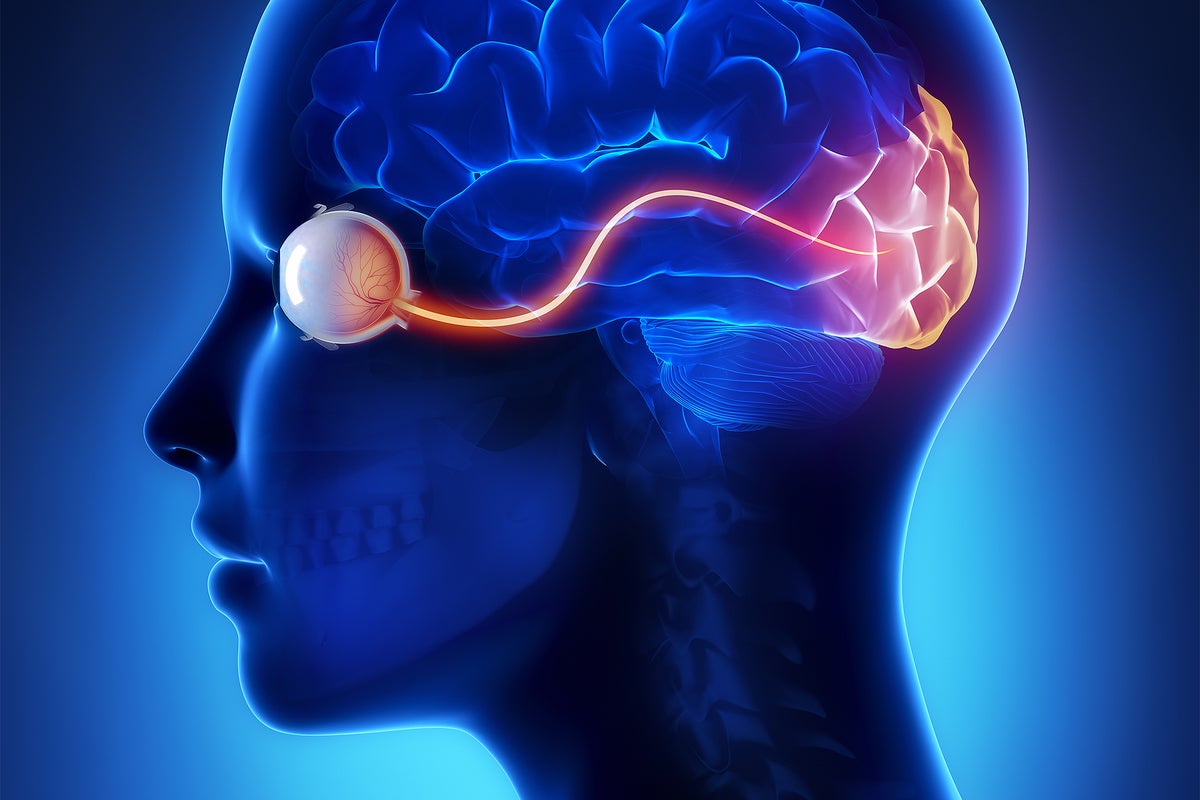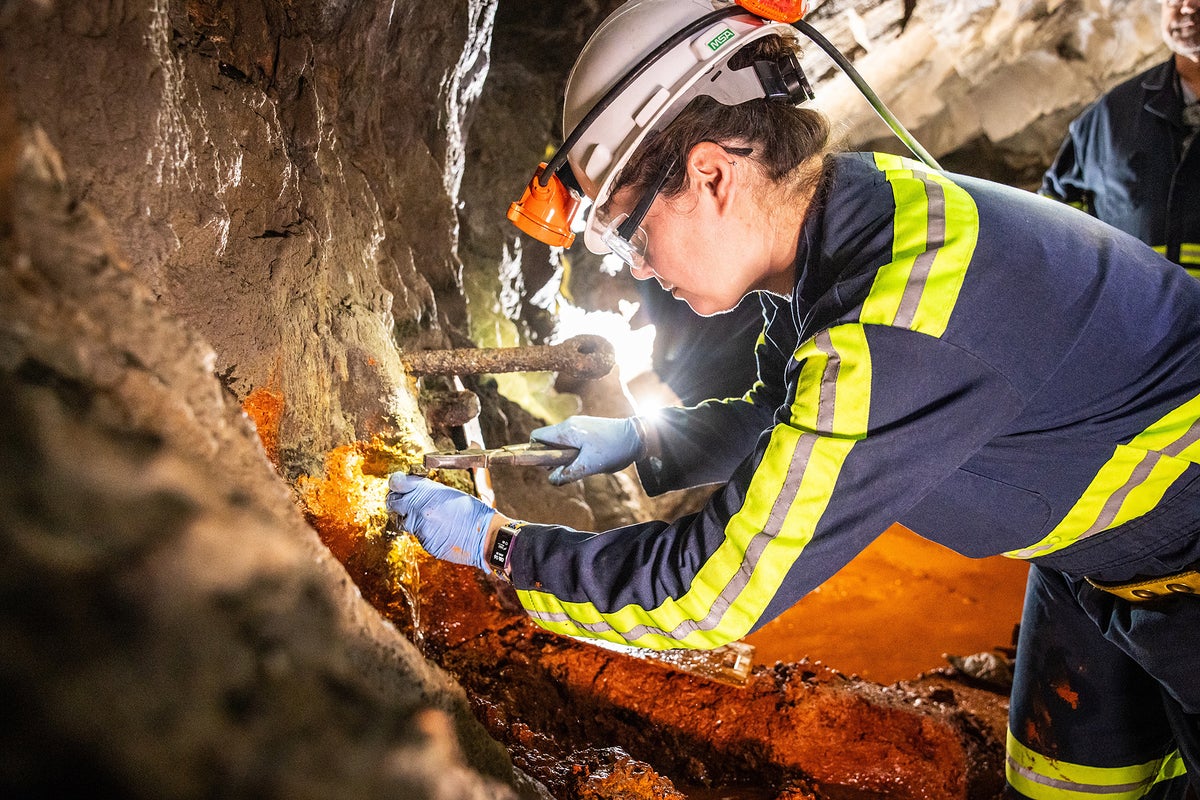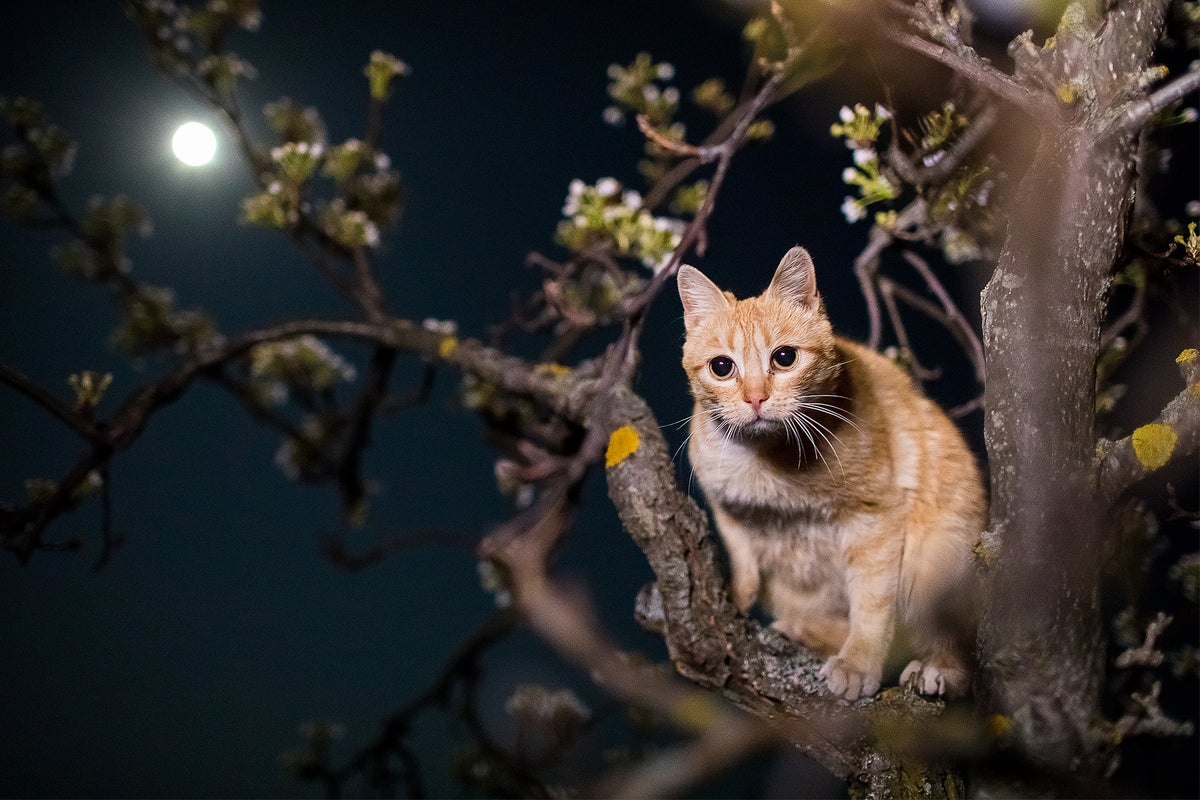Earth’s fate rests on a coin flip. In 5 billion years, our sun will balloon into a red giant star. Whether Earth survives is an “open question,” said Melinda Soares-Furtado, an astrophysicist at the University of Wisconsin, Madison. Sure, Earth could be swallowed by the sun and destroyed. But in some scenarios, Earth escapes and… Continue reading New Clues for What Will Happen When the Sun Eats the Earth
Tag: Quantum Stuff
World Leaders Agree to a Climate Deal on Food for the First Time
Last week at the start of the COP28 climate conference in Dubai, 134 countries signed a declaration pledging to reduce greenhouse gas emissions from processes related to producing and consuming food. It’s the first time in nearly three decades of climate summits, which were established to set the world’s direction in tackling climate change, that… Continue reading World Leaders Agree to a Climate Deal on Food for the First Time
Why Do We Dream? Maybe to Ensure We Can Literally ‘See’ the World upon Awakening
Dreams have fascinated people for millennia, yet we struggle to understand their purpose. Some theories suggest dreams help us deal with emotions, solve problems or manage hidden desires. Others postulate that they clean up brain waste, make memories stronger or deduce the meaning of random brain activity. A more recent theory suggests nighttime dreams protect… Continue reading Why Do We Dream? Maybe to Ensure We Can Literally ‘See’ the World upon Awakening
The Biggest Discoveries in Computer Science in 2023
Quanta Magazine > 0; if (typeof predicate !== ‘function’) { throw new TypeError(‘predicate must be a function’); } var thisArg = arguments[1]; var k = 0; while (k We care about your data, and we’d like to use cookies to give you a smooth browsing experience. Please agree and read more about our privacy policy.Agree… Continue reading The Biggest Discoveries in Computer Science in 2023
The Biggest Discoveries in Math in 2023
It was also an exciting year in geometry. The most attention-getting result of the year was the discovery of a new kind of tile that covers the plane in a pattern that never repeats. A two-tile combination that does this has been known since the 1970s, but the single tile, discovered by a hobbyist named… Continue reading The Biggest Discoveries in Math in 2023
Subterranean ‘Microbial Dark Matter’ Reveals a Strange Dichotomy
Devoid of light and deprived of nutrients, the depths of Earth might seem too barren to bother scouring for signs of life. But subterranean microbial organisms actually make up an enormous part of our planet’s biosphere. They are second only to plants in terms of total estimated biomass. Now an abandoned gold mine in South… Continue reading Subterranean ‘Microbial Dark Matter’ Reveals a Strange Dichotomy
Green Glow of ‘Mesospheric Ghosts’ Decoded
December 12, 2023 3 min read Mysterious green displays in the sky dubbed “mesospheric ghosts” can sometimes accompany the dramatic red atmospheric lights called sprites By Meghan Bartels Red sprites above a supercell thunderstorm as lightning illuminates the cumulonimbus cloud below near Hay Springs, Nebraska. If you’re ever lucky enough to spot the atmospheric drama… Continue reading Green Glow of ‘Mesospheric Ghosts’ Decoded
An Easy-Sounding Problem Yields Numbers Too Big for Our Universe
Most researchers thought Lipton had cooked up the most complex possible vector addition systems, meaning he’d raised the lower bound as high as it could go. The only thing missing, in that case, would be an upper bound to go with it — that is, a proof that there could be no system in which… Continue reading An Easy-Sounding Problem Yields Numbers Too Big for Our Universe
Cats Kill a Staggering Number of Species across the World
December 12, 2023 4 min read Domestic cats are cherished human companions, but a new study shows the enormous breadth of species the felines prey on when they are left to roam freely By Jack Tamisiea Exotic species such as pythons, Asian carp and cane toads often dominate the invasive species discourse. Few biological invaders,… Continue reading Cats Kill a Staggering Number of Species across the World
The (Often) Overlooked Experiment That Revealed the Quantum World
Before Erwin Schrödinger’s cat was simultaneously dead and alive, and before pointlike electrons washed like waves through thin slits, a somewhat lesser-known experiment lifted the veil on the bewildering beauty of the quantum world. In 1922, the German physicists Otto Stern and Walther Gerlach demonstrated that the behavior of atoms was governed by rules that… Continue reading The (Often) Overlooked Experiment That Revealed the Quantum World




